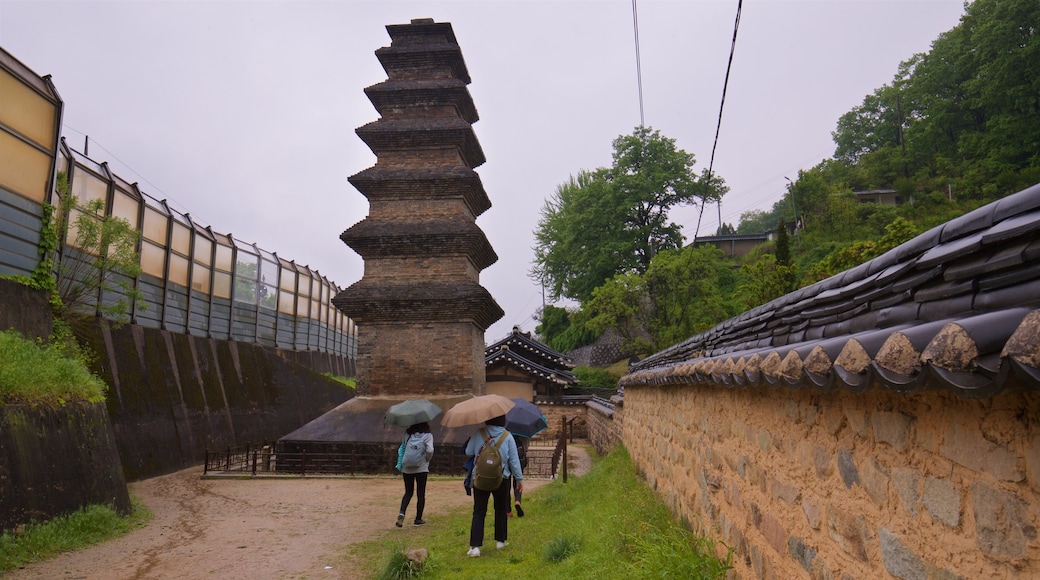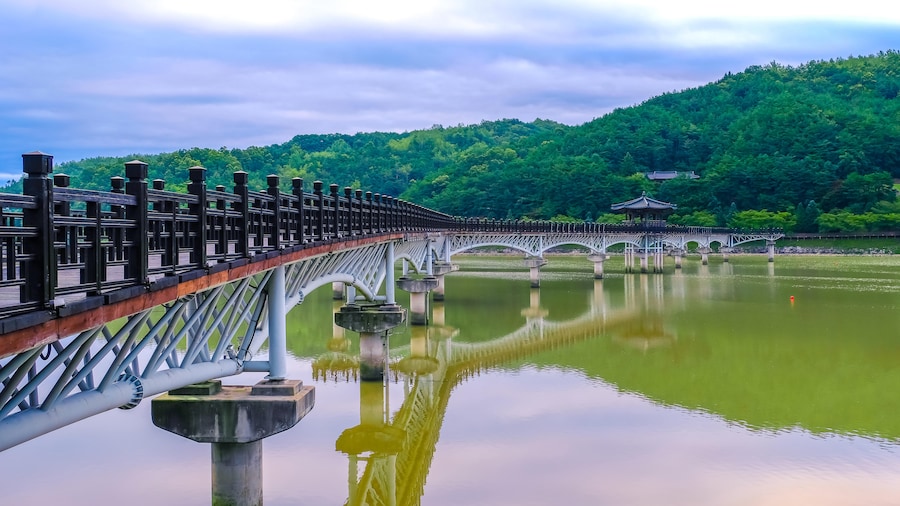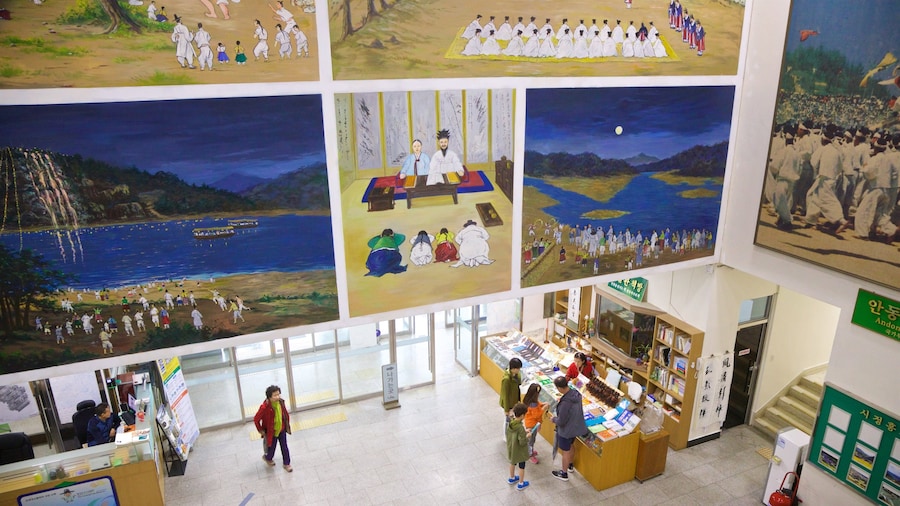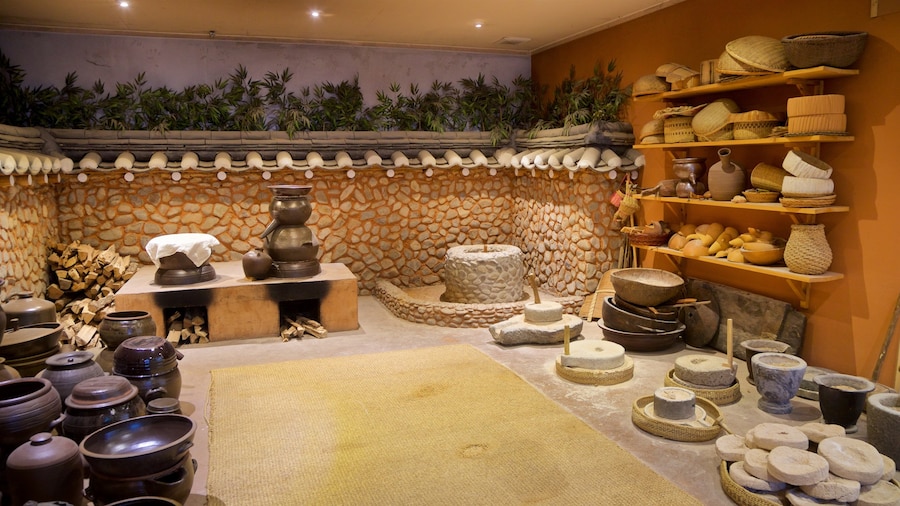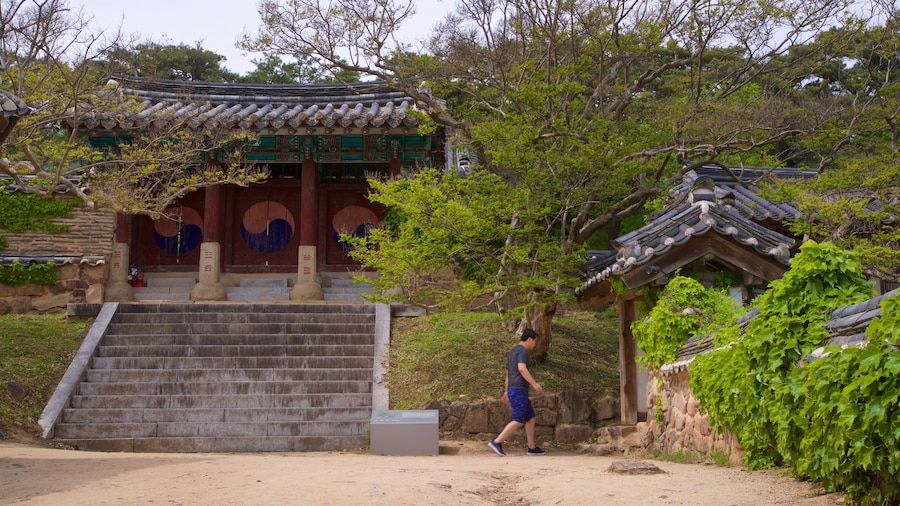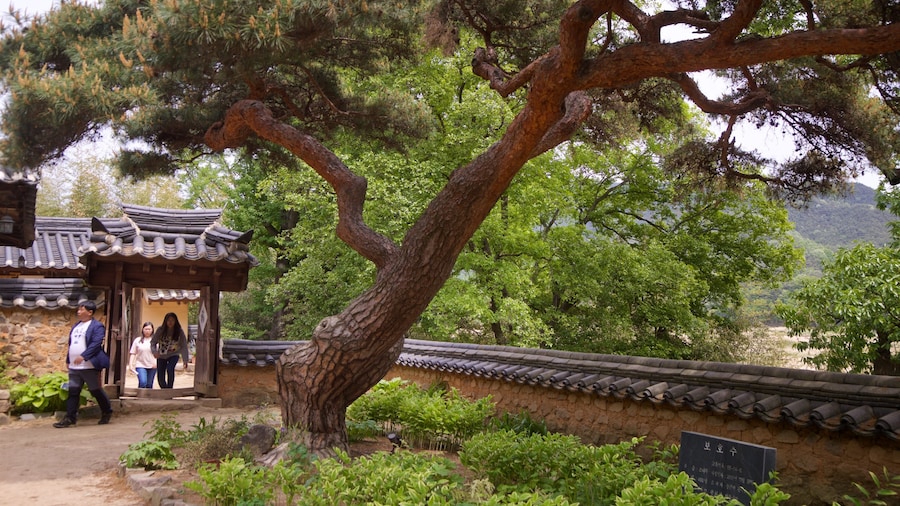First built during the Silla dynasty, this designated National Treasure is the oldest and tallest stone-built pagoda in Korea.
Include a visit to the Seven-story Brick Pagoda in Sinse-dong on your itinerary of the major landmarks located in and around central Andong. The Seven-story Brick Pagoda in Sinse-dong is recognized as a National Treasure, which are Korean artifacts and sites deemed to be of great cultural value. Take photos of this age-old religious structure and study the decaying artwork.
Historical records suggest that the pagoda was erected in the 8th century and is the sole-surviving remnant of Beopepungsa Temple. Renovations took place in 1487, when only three sections of it were intact. Measuring around 56 feet (17 meters) in height and 25 feet (7.7 meters) wide at the base, it is Korea’s biggest stone pagoda. It has been more than 500 years since the renovations, so the pagoda is also the oldest of its kind.
Count the seven tiers, which decrease in size the higher they rise. Stone carvings decorate the lower tiers. Among the carvings are representations of Buddha and other deities from the Buddhist faith. Adjacent to the pagoda is an example of a traditional hanok house from the period of the Joseon Dynasty.
Find the pagoda located next to a flood wall beside the railway tracks. It is about a 30-minute walk from Andong train station. Look for a sign that points to the entrance. Take a taxi if you don’t feel like walking.
It is free to see the Seven-story Brick Pagoda in Sinse-dong and you can come at any time of the day. Combine your time here with visiting other major city landmarks such as the Five-story Brick Pagoda, built during the Silla dynasty. Cross the river via the Woryeonggyo Bridge, a 1,270-feet (387-meter) long wooden footbridge. It leads to Andong Folk Museum, where you can learn about Confucian culture and the cardinal Korean ceremonies.
